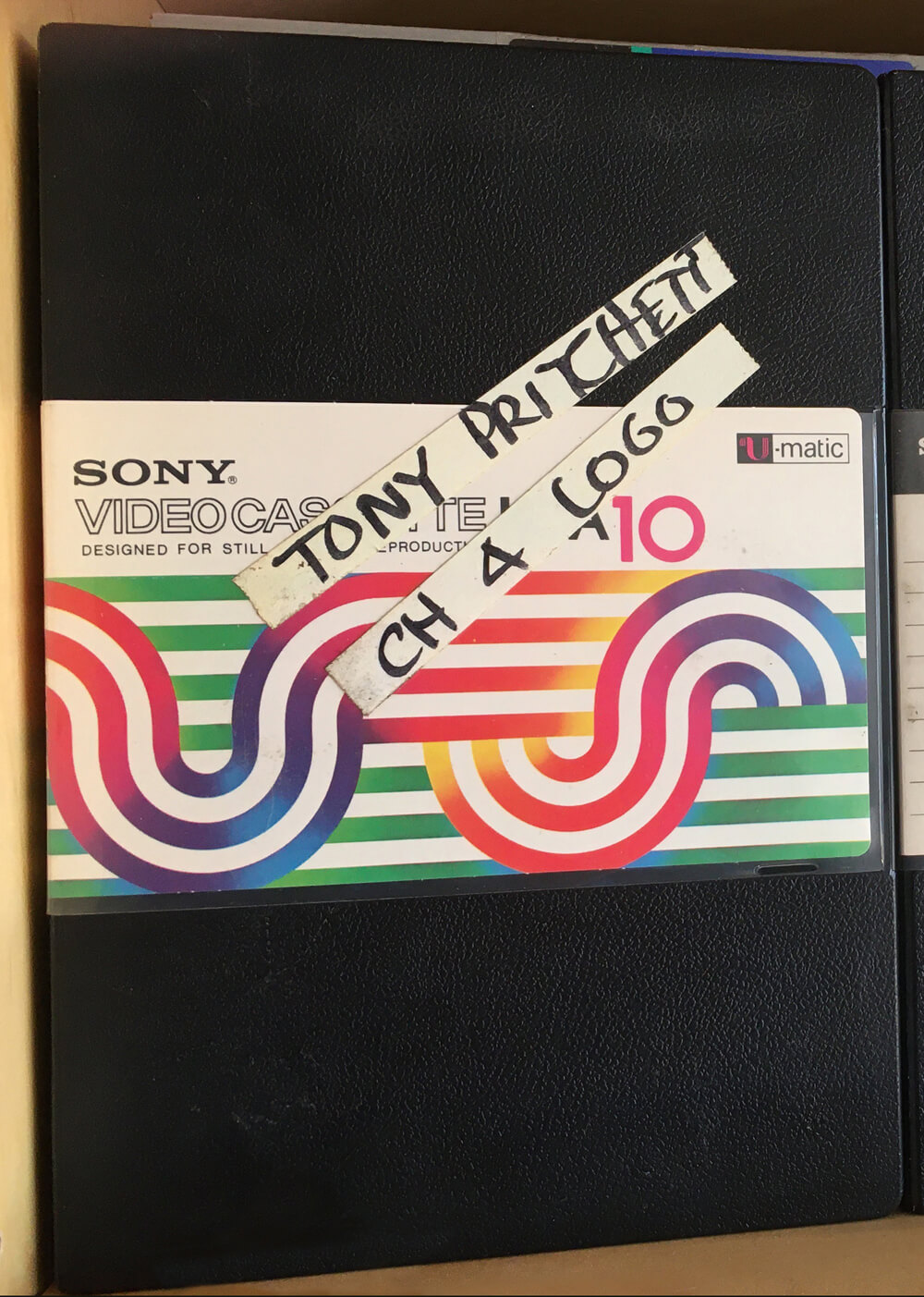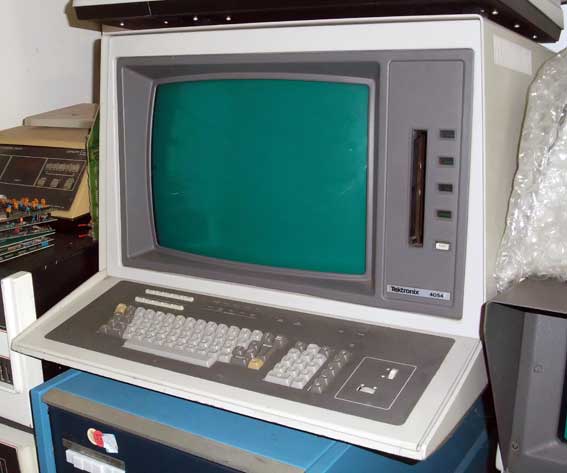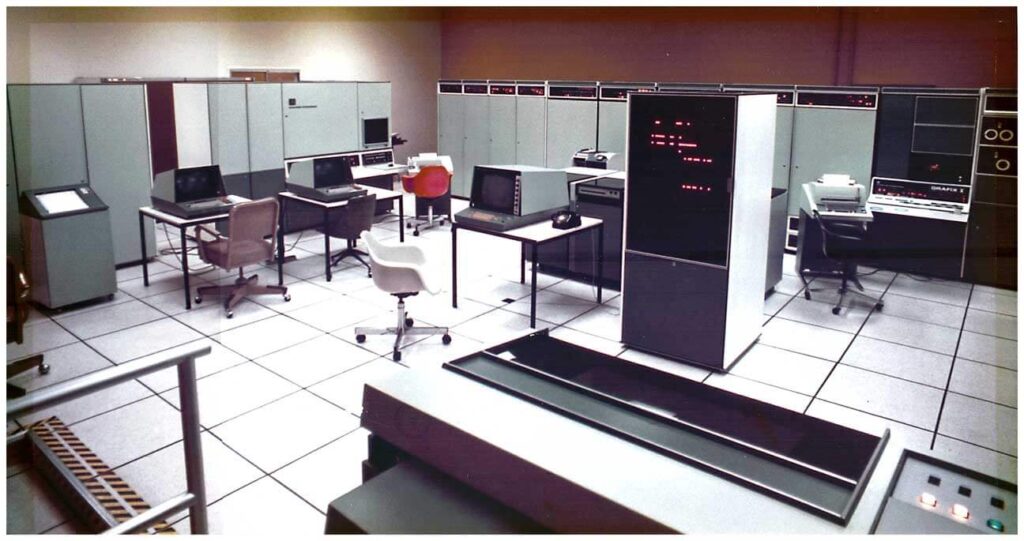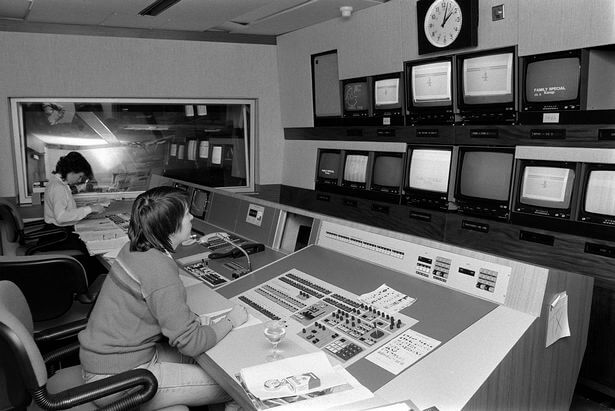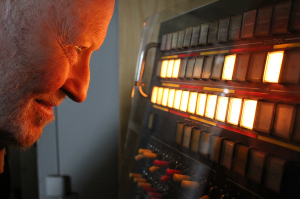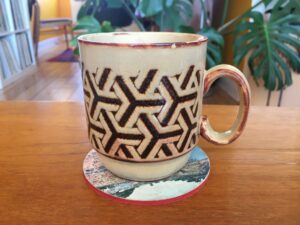>>> This is an extra special blog post – featuring special guest BFI National Archive’s animation curator, Jez Stewart!
Jez writes:
First impressions matter, and as the new British broadcaster Channel 4 went on air at 4:45pm on the 2nd November 1982 the first thing viewers saw was the debut of an iconic logo. Lambie-Nairn’s design of the numeral “4” split into different colours and polygon shapes was certainly neat. However, it was only in motion that it became truly special. The man responsible for putting all those little pieces together, exploding and imploding across the screen was Tony Pritchett (1938 – 2017).
You might not know his name, but you have almost certainly seen his work. He produced animation for Ridley Scott’s Alien (1979), which was clearly impressive enough to be recycled in Scott’s Blade Runner (1982).
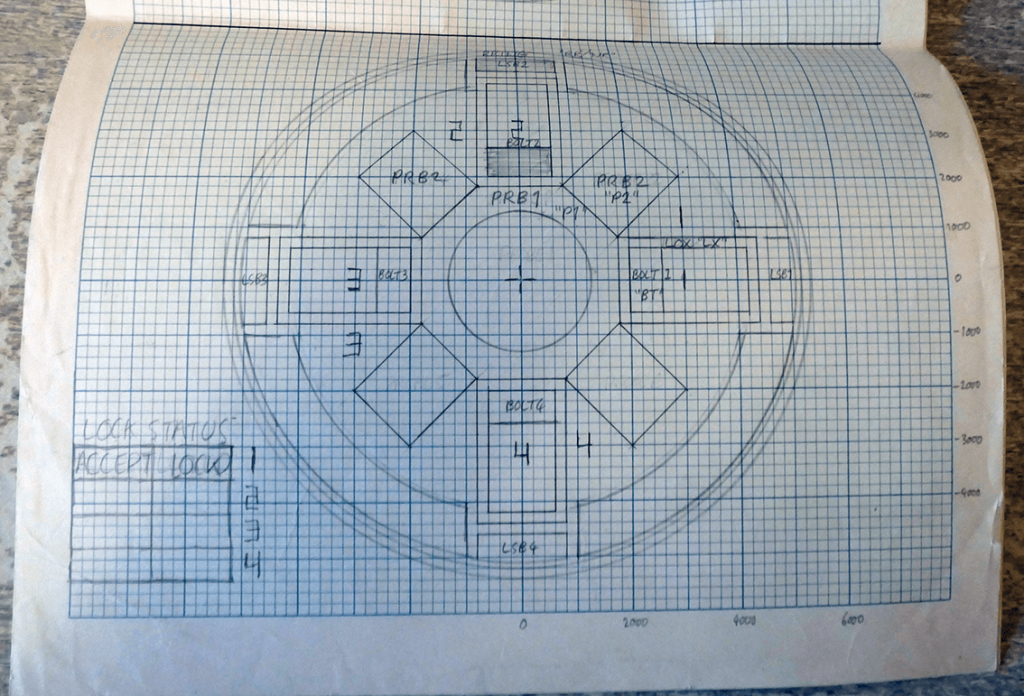
The ICA’s Cybernetic Serendipity exhibition of 1968 was as a pivotal moment in the acceptance of the role of technology and computing in art and Tony’s work was there, among pieces by Nam June Paik, Gustav Metzger and John Whitney. His contribution was The Flexipede (1967), an astonishing piece of character animation, programmed in Fortran VI on the London University’s Atlas computer, and output to 16mm film via a microfilm recorder held at a nuclear fusion research laboratory in Oxfordshire.
He also created what might be described as part sculpture, part moving image, part kinetic artwork, ‘Sidebands’ with his lifelong friend, Hugh ‘Ras’ Riddle. ‘Sidebands’ (a pattern-displaying oscilloscope sequence) was the only piece in the whole exhibition to sell!
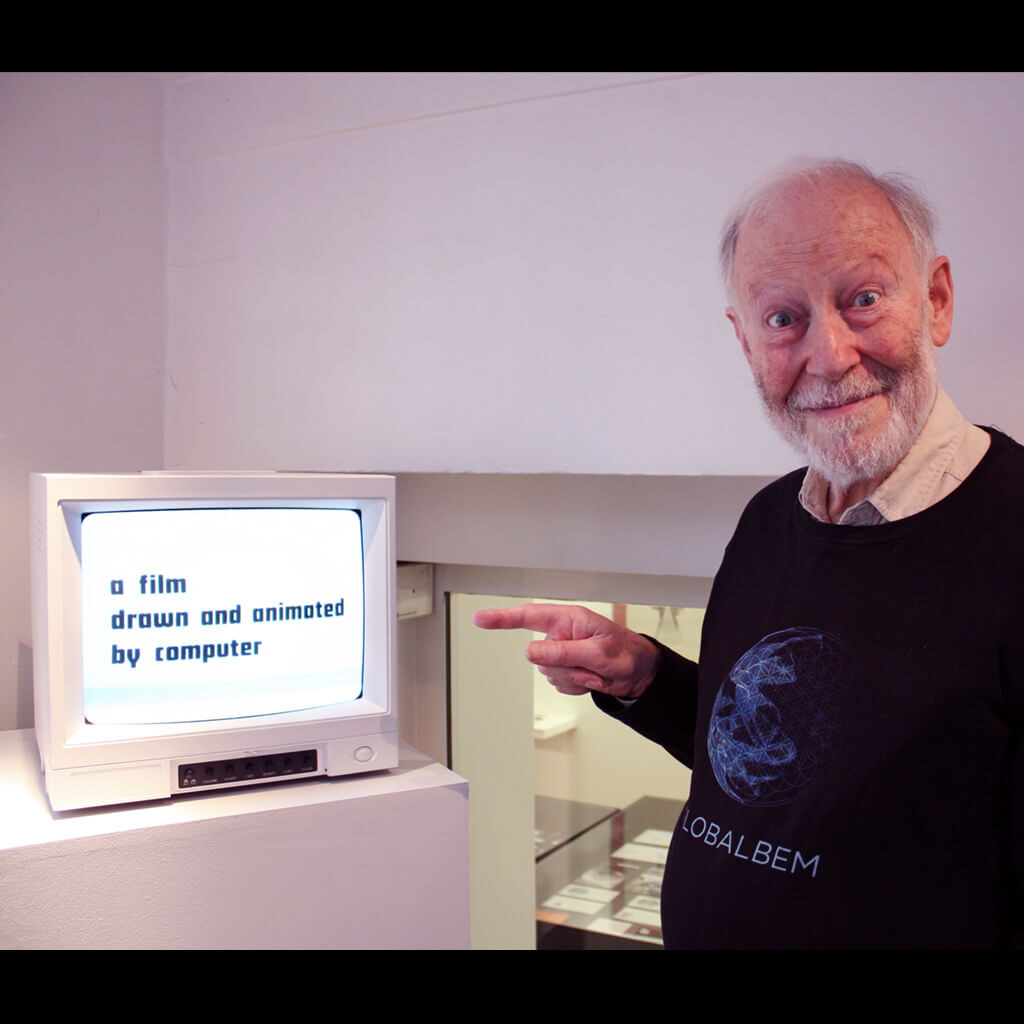
Animator and artist Kate Sullivan met Tony by chance in 2012 at a student event at St Martins College of Art, London, and they began a friendship and an informal research project into his work that was prematurely curtailed by his death in 2017.
Kate’s continued to gather materials, information and memories relating to Tony’s work. Although profoundly affected by Tony’s absence, the project continues to shed light on his achievements thanks to a growing team of enthusiastic experts and collaborators.
The BFI National Archive has been working with Kate to help preserve some of Tony’s moving image materials and the recent accession and digitisation of a U-matic videotape labelled “Channel 4 logo” offers insight into the work behind the scenes on the birth of an icon. Kate interviewed Tony many times before his death and her responses include excerpts from her recordings with him that help make sense of this rediscovery.
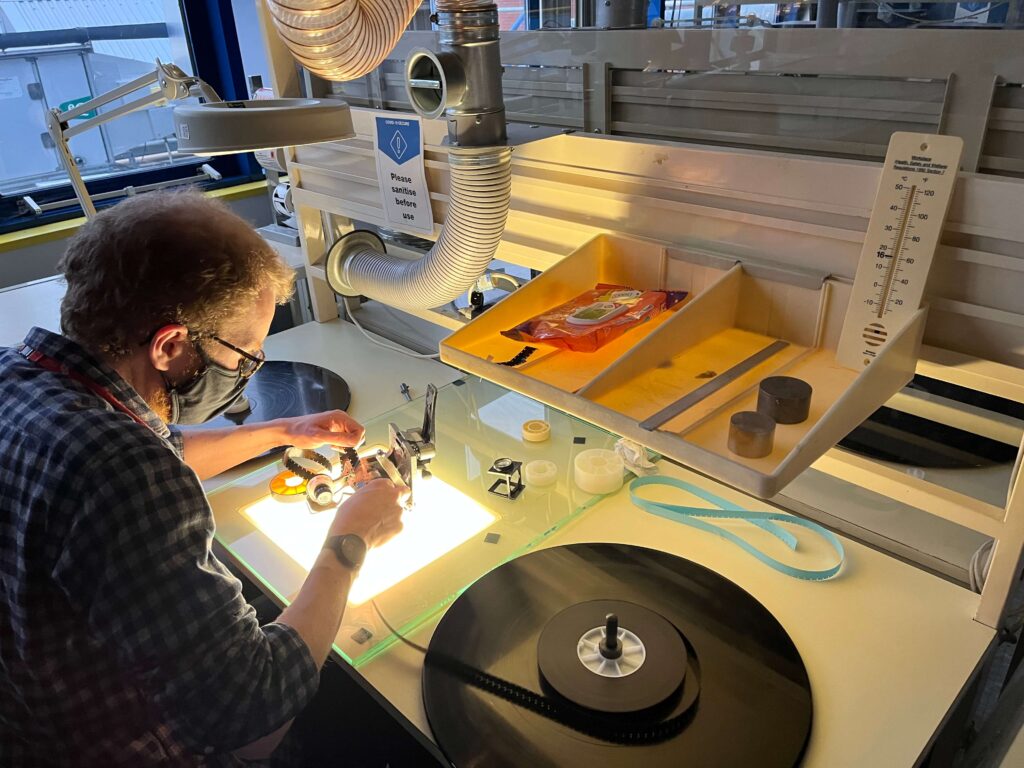
How did Tony get the job to make the logo?
Tony told me that a few months before C4 went on the air,
“They (C4) decided they wanted a station ident using computer graphics in full colour. They got in touch with John Lansdown who had got a bit of a reputation for doing this sort of stuff by then and said: ‘Okay we want to start off C4 with a nice computer graphic.’ John Lansdown said, ‘Okay, we can do everything’ (Tony laughs) … which caused a bit of trouble later on!”
John Lansdown was an architect and computer graphics pioneer, with offices in Russell Square. The computer graphics company ‘System Simulation Ltd’ (founded by George Mallen with Lansdown as chair), was based in the basement and project managed the C4 logo animation.
By 1982, Tony had done quite a lot of work at ‘System Simulation’ – things like adverts and graphics for Alien.
Tony’s connection to John Lansdown goes way back. John was the chair of The Computer Arts Society (CAS) and Tony was an early member. Also, John (and fellow CAS founding members George Mallen and Alan Sutcliffe), advised on Cybernetic Serendipity, so in a sense it can all be traced back to The Flexipede.
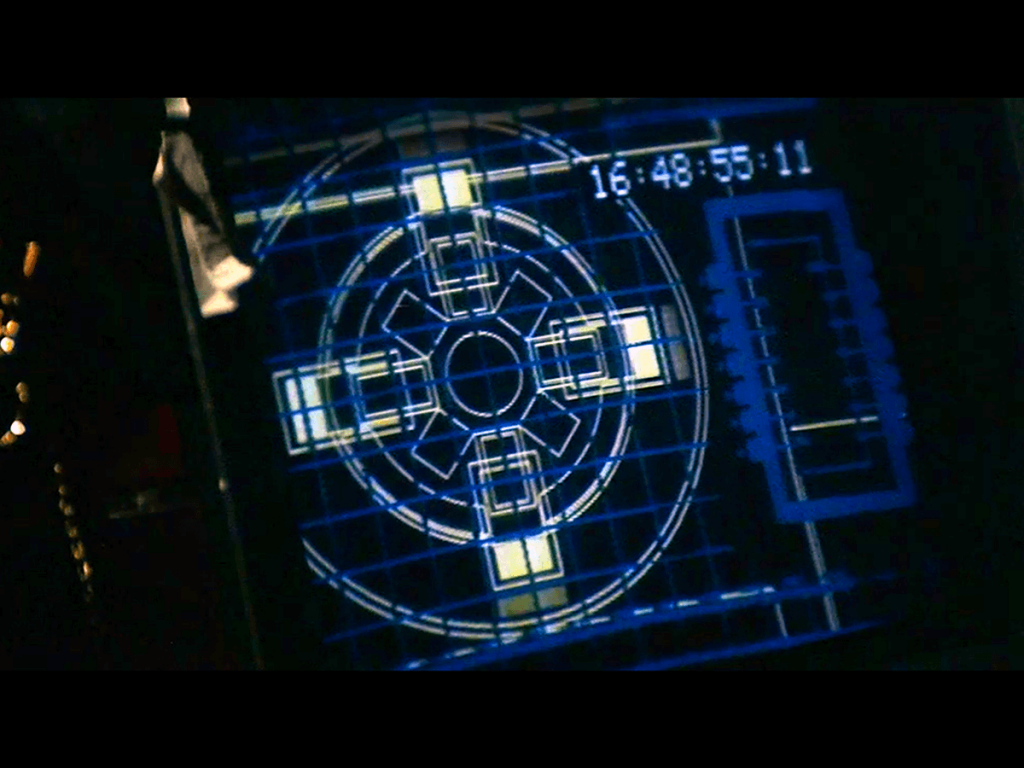
Where and how was it made? What were the biggest difficulties?
“We went to see Martin Lambie-Nairn who was the designer of the logo itself. The idea was to animate the nine bricks of the C4 logo in any ways we could work out. They’d [C4] choose one of the animations and then these would be plotted out on paper and then coloured in by hand.”
Tony wrote a program in BASIC code which defined individual 3D wireframe blocks and then changed their position, rotation and scale within 3D space by applying a transformation matrix to each one. Another British computing pioneer that Tony occasionally worked with Professor Bob Hopgood told me that it needed somebody with his mathematical expertise to get the bits all to arrive at the same time and overlap correctly, and that a particularly difficult bit was the tiny piece at the top that goes through one of the other bits if you are not careful.
Tony said he used a Tektronix 4014 to code the animation, but Prof Bob Hopgood flagged that this is likely to be a mis-remembered name. I’ve been in touch SSL’s managing director Mike Stapleton who was doing some amazing work programming CAD software SSL c.1982. Both Mike and Bob think it’s relatively safe to say that Tony probably used the Tektronix 4054.
“I dreamt up I think half a dozen animations of the logo spinning round, breaking up, going off at all angles, coming in. We did sort of line tests on that. Robinson Lambie-Nairn shot the graphics we produced on the (John Lansdown’s) plotter and they (C4) said okay we’d like this one and this one – and so I set to work doing the full plot of those.
What we were supposed to do was then hand those over to Robinson Lambie Nairn – and they got an animation colourist to colour them in and then shoot it. Meanwhile, after I’d done the plotting it was then SIGGRAPH time. SIGGRAPH is the big annual computer graphics meeting in the States – which I went to every year in that period.
When I got back from SIGGRAPH, there were phone calls over the place. PLEASE, PLEASE PHONE CHANNEL FOUR! Or please phone Martin Lambie-Nairn! Or John Lansdown! And everybody!! And I learned that it was about 3 weeks before the opening of C4 (laughs) and they got these hand coloured things back – and it just didn’t look right. It just looked like it was hand-coloured in! (laughs). They said, ‘look we must have this done properly on a computer!’ I said, ‘we can’t! We haven’t got a computer here that does this!’”
Tony spent “a few days” calling round his SIGGRAPH contacts – and eventually found a couple of companies who combined, could do the job. Tony, Martin Lambie-Nairn and a production person from Channel Four (please get in touch if this is you!) then flew to LA. Tony had realised they needed to take the project to Information International Incorporated (Triple I).
“They were the only people who had the software and a powerful enough computer to colour this thing in and put it onto film in high resolution… They used an animation outfit called Gehring animation to interface with us. They were very nice people. They worked out of a garage in Santa Monica. We got them to hire an identical Tektronix (sic.) 4014, identical to John Lansdown’s and I wrote a piece of software to squirt the coordinates of this animation frame by frame down the line to this supercomputer called a Foonly.”
The Super Foonly F1 was an incredibly powerful computer at the time. It was housed in a warehouse at Triple I in LA. (Tony told me a recent job done on it was the Solar Sailor sequence for TRON). Martin, Tony and the production person took the Tektronix machine over to Triple I’s warehouse and plugged it into the Foonly using an RS232 cable.
“The Foonly which was doing the colouring and doing the full 3D rendering was about a thousand times the size of the Tektronix (sic.) 4014 if not more. It was like the mouse and the elephant (laughs) it was extraordinary! I really enjoyed doing this.” (laughs).
Slowly but surely, frame by frame, the animation was transferred to 35mm using an FR80 microfilm recorder.
Tony told me that “it worked extremely well” and that he was “extremely pleased with that”.
“We were just in the nick of time. I think the grand opening was about a week later! (laughs) Something like that, or was it a couple of weeks – I can’t remember – but it was just in time.“
And here it is – thanks to Jez Stewart and the BFi – a digitised Umatic showing a never-before-seen version of the C4 logo… the version that was coloured in by hand!
Above is the original, original C4 logo, coloured in by hand!
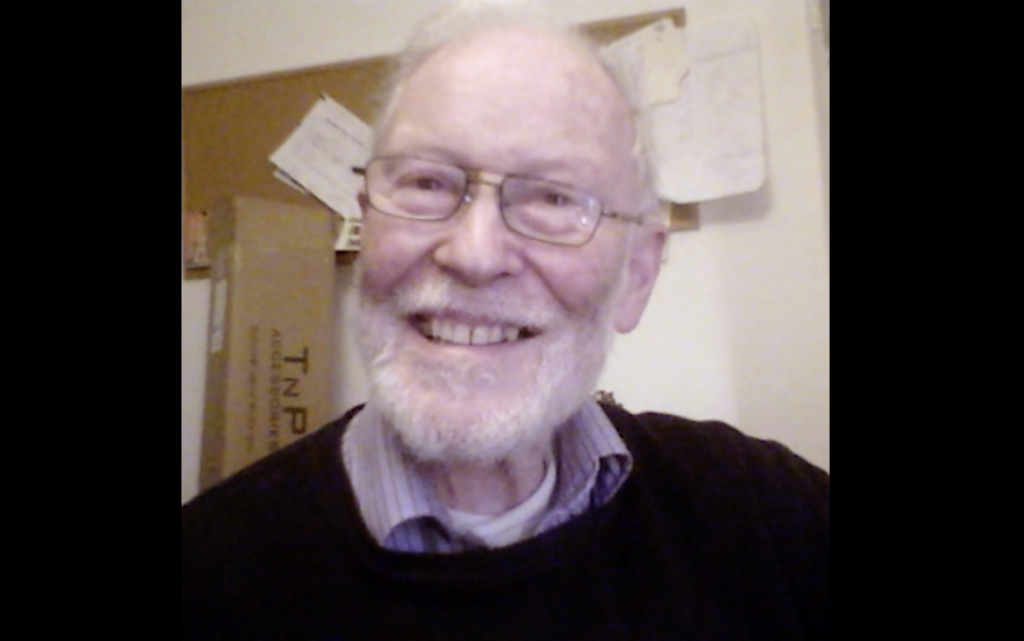
In 1982 there just wasn’t the computing power available to colour and light it digitally. Us under-funded Brits very clearly were no longer leading innovators in the field of computing and computer graphics. Harold Wilson’s ‘white heat’ was dimming.
Tony’s career spans a very interesting timeframe. From his work at (then) leading UK military technology company Elliott Automation, to having to go to the US to “get things coloured in”, the archive many interviews with him about how the industry emerged and evolved c.1965 c. 1982.
Please see the next blog post to hear audio interviews with Tony, where he explains his C4 logo-creating process in more detail.

